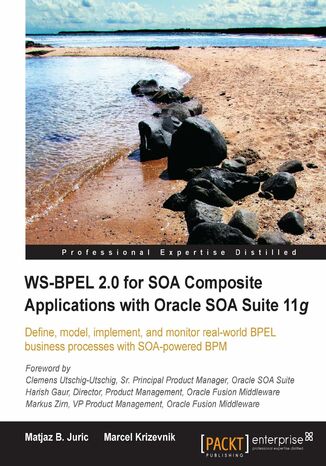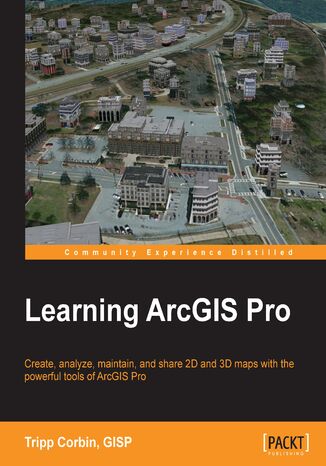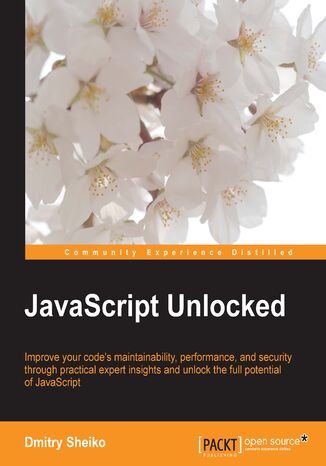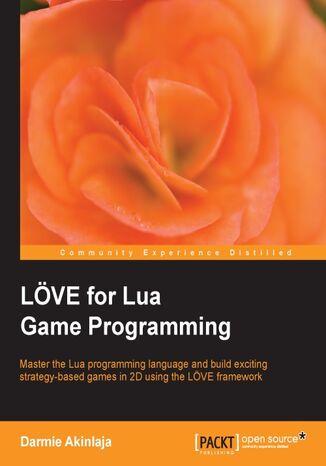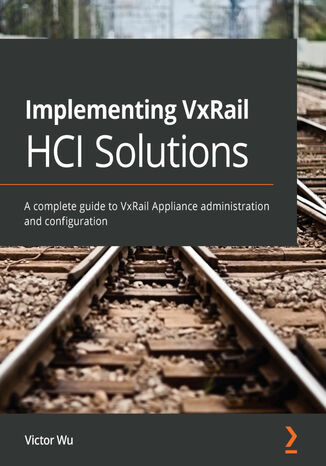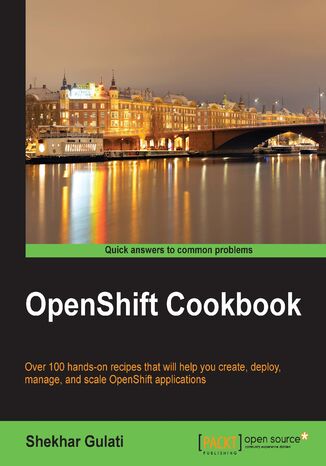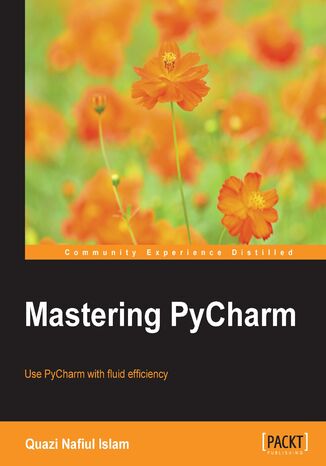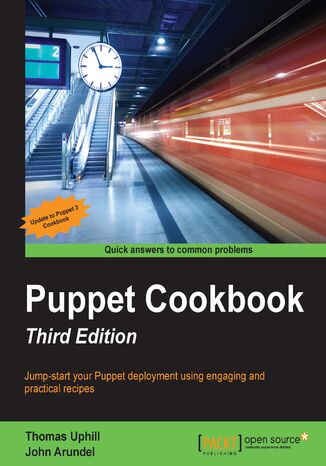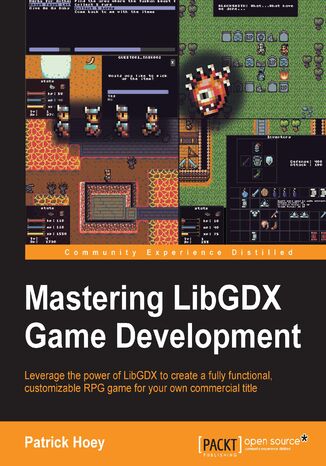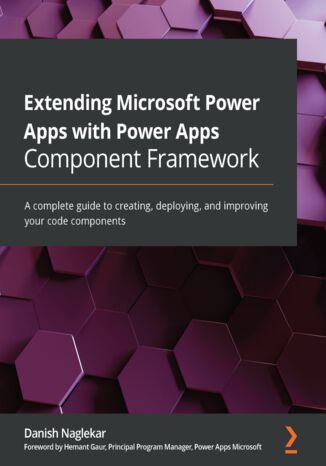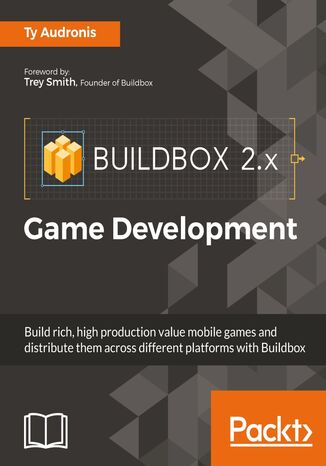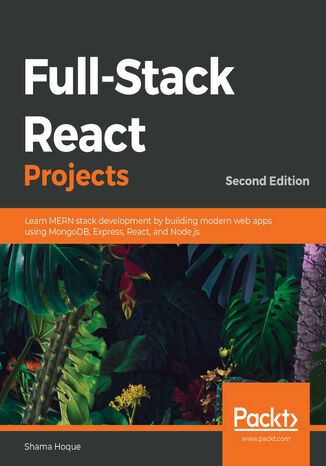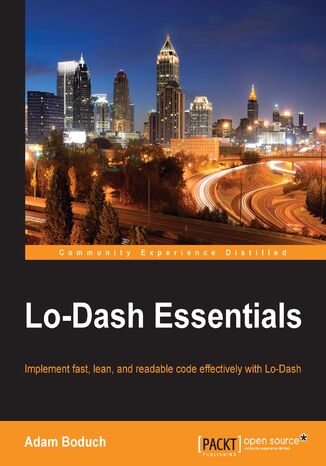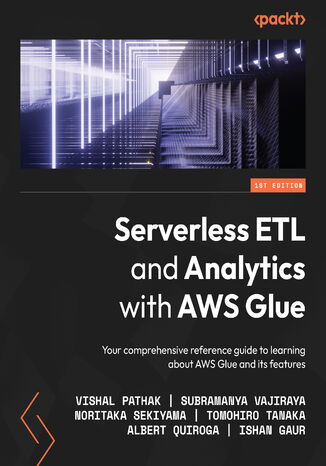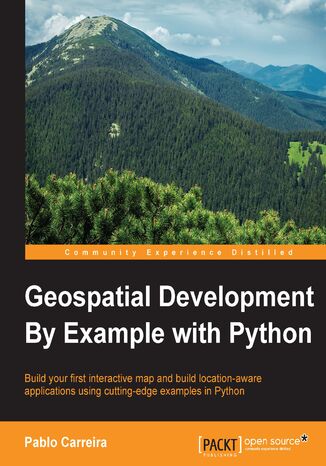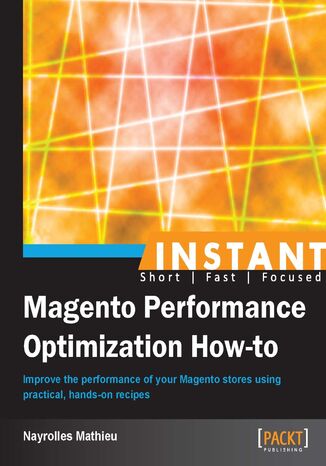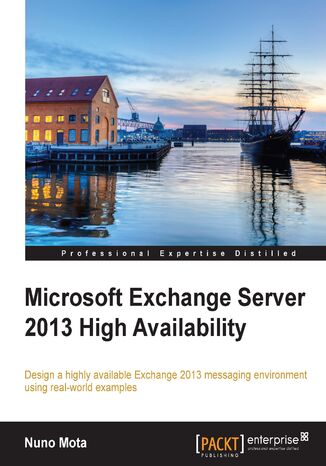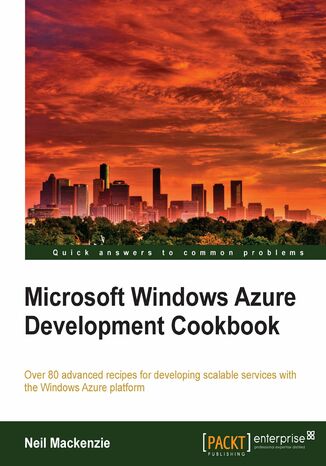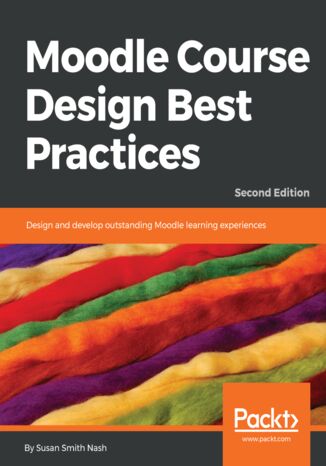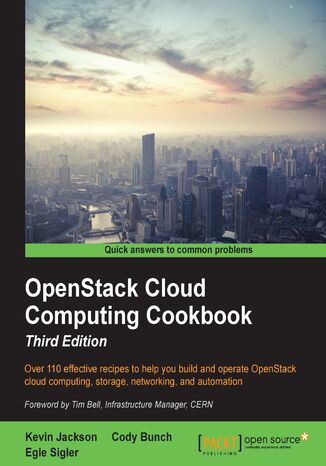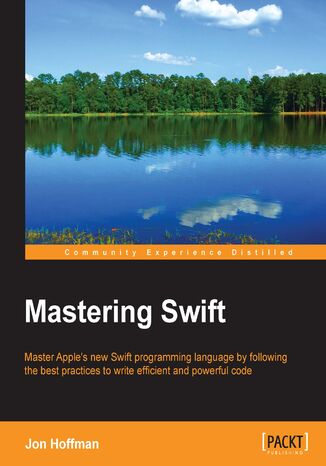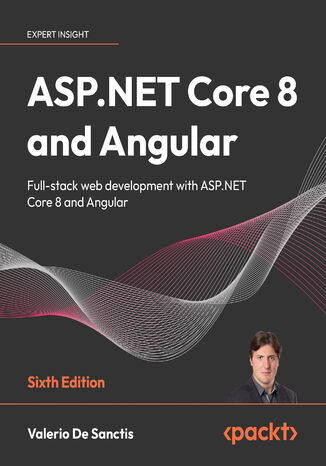Категорії
-
- Біткойн
- Ділова жінка
- Коучинг
- Контроль
- Електронний бізнес
- Економіка
- Фінанси
- Фондова біржа та інвестиції
- Особисті компетенції
- Комп'ютер в офісі
- Комунікація та переговори
- Малий бізнес
- Маркетинг
- Мотивація
- Мультимедійне навчання
- Нерухомість
- Переконання та НЛП
- Податки
- Соціальна політика
- Порадники
- Презентації
- Лідерство
- Зв'язки з громадськістю
- Звіти, аналізи
- Секрет
- Соціальні засоби комунікації
- Продаж
- Стартап
- Ваша кар'єра
- Управління
- Управління проектами
- Людські ресурси (HR)
-
- Architektura i wnętrza
- Безпека життєдіяльності
- Biznes i Ekonomia
- Будинок та сад
- Електронний бізнес
- Ekonomia i finanse
- Езотерика
- Фінанси
- Особисті фінанси
- Бізнес
- Фотографія
- Інформатика
- Відділ кадрів та оплата праці
- Для жінок
- Комп'ютери, Excel
- Бухгалтерія
- Культура та література
- Наукові та академічні
- Охорона навколишнього середовища
- Впливові
- Освіта
- Податки
- Подорожі
- Психологія
- Релігія
- Сільське господарство
- Ринок книг і преси
- Транспорт та спедиція
- Здоров'я та краса
-
- Офісні застосунки
- Бази даних
- Біоінформатика
- Бізнес ІТ
- CAD/CAM
- Digital Lifestyle
- DTP
- Електроніка
- Цифрова фотографія
- Комп'ютерна графіка
- Ігри
- Хакування
- Hardware
- IT w ekonomii
- Наукові пакети
- Шкільні підручники
- Основи комп'ютера
- Програмування
- Мобільне програмування
- Інтернет-сервери
- Комп'ютерні мережі
- Стартап
- Операційні системи
- Штучний інтелект
- Технологія для дітей
- Вебмайстерність
-
- Антології
- Балада
- Біографії та автобіографії
- Для дорослих
- Драми
- Журнали, щоденники, листи
- Епос, епопея
- Нарис
- Наукова фантастика та фантастика
- Фельєтони
- Художня література
- Гумор, сатира
- Інше
- Класичний
- Кримінальний роман
- Нехудожня література
- Художня література
- Mity i legendy
- Лауреати Нобелівської премії
- Новели
- Побутовий роман
- Okultyzm i magia
- Оповідання
- Спогади
- Подорожі
- Оповідна поезія
- Поезія
- Політика
- Науково-популярна
- Роман
- Історичний роман
- Проза
- Пригодницька
- Журналістика
- Роман-репортаж
- Romans i literatura obyczajowa
- Сенсація
- Трилер, жах
- Інтерв'ю та спогади
-
- Археологія
- Bibliotekoznawstwo
- Кінознавство / Теорія кіно
- Філологія
- Польська філологія
- Філософія
- Finanse i bankowość
- Географія
- Економіка
- Торгівля. Світова економіка
- Історія та археологія
- Історія мистецтва і архітектури
- Культурологія
- Мовознавство
- літературні студії
- Логістика
- Математика
- Ліки
- Гуманітарні науки
- Педагогіка
- Навчальні засоби
- Науково-популярна
- Інше
- Психологія
- Соціологія
- Театральні студії
- Богослов’я
- Економічні теорії та науки
- Transport i spedycja
- Фізичне виховання
- Zarządzanie i marketing
-
- Безпека життєдіяльності
- Історія
- Дорожній кодекс. Водійські права
- Юридичні науки
- Охорона здоров'я
- Загальне, компендіум
- Академічні підручники
- Інше
- Закон про будівництво і житло
- Цивільне право
- Фінансове право
- Господарське право
- Господарське та комерційне право
- Кримінальний закон
- Кримінальне право. Кримінальні злочини. Кримінологія
- Міжнародне право
- Міжнародне та іноземне право
- Закон про охорону здоров'я
- Закон про освіту
- Податкове право
- Трудове право та законодавство про соціальне забезпечення
- Громадське, конституційне та адміністративне право
- Кодекс про шлюб і сім'ю
- Аграрне право
- Соціальне право, трудове право
- Законодавство Євросоюзу
- Промисловість
- Сільське господарство та захист навколишнього середовища
- Словники та енциклопедії
- Державні закупівлі
- Управління
-
- Африка
- Альбоми
- Південна Америка
- Центральна та Північна Америка
- Австралія, Нова Зеландія, Океанія
- Австрія
- Азії
- Балкани
- Близький Схід
- Болгарія
- Китай
- Хорватія
- Чеська Республіка
- Данія
- Єгипет
- Естонія
- Європа
- Франція
- Гори
- Греція
- Іспанія
- Нідерланди
- Ісландія
- Литва
- Латвія
- Mapy, Plany miast, Atlasy
- Мініпутівники
- Німеччина
- Норвегія
- Активні подорожі
- Польща
- Португалія
- Інше
- Przewodniki po hotelach i restauracjach
- Росія
- Румунія
- Словаччина
- Словенія
- Швейцарія
- Швеція
- Світ
- Туреччина
- Україна
- Угорщина
- Велика Британія
- Італія
-
- Філософія життя
- Kompetencje psychospołeczne
- Міжособистісне спілкування
- Mindfulness
- Загальне
- Переконання та НЛП
- Академічна психологія
- Психологія душі та розуму
- Психологія праці
- Relacje i związki
- Батьківство та дитяча психологія
- Вирішення проблем
- Інтелектуальний розвиток
- Секрет
- Сексуальність
- Спокушання
- Зовнішній вигляд та імідж
- Філософія життя
-
- Біткойн
- Ділова жінка
- Коучинг
- Контроль
- Електронний бізнес
- Економіка
- Фінанси
- Фондова біржа та інвестиції
- Особисті компетенції
- Комунікація та переговори
- Малий бізнес
- Маркетинг
- Мотивація
- Нерухомість
- Переконання та НЛП
- Податки
- Соціальна політика
- Порадники
- Презентації
- Лідерство
- Зв'язки з громадськістю
- Секрет
- Соціальні засоби комунікації
- Продаж
- Стартап
- Ваша кар'єра
- Управління
- Управління проектами
- Людські ресурси (HR)
-
- Антології
- Балада
- Біографії та автобіографії
- Для дорослих
- Драми
- Журнали, щоденники, листи
- Епос, епопея
- Нарис
- Наукова фантастика та фантастика
- Фельєтони
- Художня література
- Гумор, сатира
- Інше
- Класичний
- Кримінальний роман
- Нехудожня література
- Художня література
- Mity i legendy
- Лауреати Нобелівської премії
- Новели
- Побутовий роман
- Okultyzm i magia
- Оповідання
- Спогади
- Подорожі
- Поезія
- Політика
- Науково-популярна
- Роман
- Історичний роман
- Проза
- Пригодницька
- Журналістика
- Роман-репортаж
- Romans i literatura obyczajowa
- Сенсація
- Трилер, жах
- Інтерв'ю та спогади
-
- Філософія життя
- Міжособистісне спілкування
- Mindfulness
- Загальне
- Переконання та НЛП
- Академічна психологія
- Психологія душі та розуму
- Психологія праці
- Relacje i związki
- Батьківство та дитяча психологія
- Вирішення проблем
- Інтелектуальний розвиток
- Секрет
- Сексуальність
- Спокушання
- Зовнішній вигляд та імідж
- Філософія життя
Matjaz B. Juric, Marcel Krizevnik, Matjaz B Juric
Business Process Execution Language (BPEL, aka WS-BPEL) has become the de-facto standard for orchestrating services in SOA composite applications. BPEL reduces the gap between business requirements and applications and allows for better alignment between business processes and underlying IT architecture. BPEL is for SOA what SQL is for databases. Therefore learning BPEL is essential for the successful adoption of SOA or the development of composite applications. Although BPEL looks simple at first sight, it hides its large potential and has many interesting and advanced features. If you can get familiar with these features - you can maximize the value of SOA.This book provides a comprehensive and detailed coverage of BPEL, one of the centerpieces of SOA. It covers basic and advanced features of BPEL 2.0 and provides several real-world examples. In addition to BPEL specification the book provides comprehensive coverage of BPEL support in Oracle SOA Suite 11g, including security, transactions, human workflow, process monitoring, automatic generation of BPEL from process models, dynamic processes, and more.This book starts with an introduction to BPEL, its role with regard to SOA and the process-oriented approach to SOA. The authors give short descriptions of the most important SOA platforms and BPEL servers—the run time environments for the execution of business processes specified in BPEL—and compare BPEL to other business process languages. The book will then move on to explain core concepts such as invoking services, synchronous and asynchronous processes, partner links, role of WSDL, variables, flows, and more.Moving ahead you will become familiar with fault handling, transaction management and compensation handling, scopes, events and event handlers, concurrent activities and links. The authors also discuss the business process lifecycle, correlation of messages, dynamic partner links, abstract business processes and mapping from BPMN to BPEL.The book presents in detail, how to use BPEL with Oracle SOA Suite 11g PS2. It explains the development of BPEL and SCA assemblies, and demonstrates different approaches with some practical examples. It addresses security, transaction handling, and human workflow. Then, the book addresses entity variables, notification services, fault management framework, and business events in BPEL. It provides exhaustive coverage of monitoring BPEL processes and developing dashboards with Oracle BAM. It explains how to use BPEL processes with Oracle Service Bus and Oracle Service Registry. Using examples, the book also demonstrates how to transform business process models in BPMN (using Business Modeler) to BPEL, how to achieve round-tripping using BPA Suite and BPM Suite, and how to use Oracle Enterprise Repository to govern BPEL processes. The book also covers the complete BPM lifecycle from modeling through implementation, execution, monitoring, and optimization and presents advanced, real-world examples.
FL Studio is a cutting-edge software music production environment and a powerful and easy-to-use tool for composing music. In this comprehensive guide, you’ll discover how to use FL Studio's tools and techniques to design exciting soundtracks for your films, TV shows, video games, and much more.You'll start by understanding the business of composing, learning how to communicate, score, market your services, land gigs, and deliver music projects for clients like a professional. Next, you'll set up your studio environment, navigate key tools, such as the channel rack, piano roll, playlist, mixer, and browser, and export songs. The book then advances to show you how to compose orchestral music using MIDI (musical instrument digital interface) programming, with a dedicated section to string instruments. You’ll create sheet music using MuseScore for live musicians to play your compositions. Later, you’ll learn about the art of Foley for recording realistic sound effects, create adaptive music that changes throughout video games, and design music to trigger specific emotions, for example, scary music to terrify your listener. Finally, you'll work on a sample project that will help you prepare for your composing career.By the end of this book, you’ll be able to create professional soundtrack scores for your films and video games.
Dmitry Sheiko, John Pollock, Simon Timms
JavaScript stands bestride the world like a colossus. Having conquered web development, it now advances into new areas such as server scripting, desktop and mobile development, game scripting, and more. One of the most essential languages for any modern developer, the fully-engaged JavaScript programmer need to know the tricks, non-documented features, quirks, and best practices of this powerful, adaptive language.This all-practical guide is stuffed with code recipes and keys to help you unlock the full potential of JavaScript. Start by diving right into the core of JavaScript, with power user techniques for getting better maintainability and performance from the basic building blocks of your code. Get to grips with modular programming to bring real power to the browser, master client-side JavaScript scripting without jQuery or other frameworks, and discover the full potential of asynchronous coding. Do great things with HTML5 APIs, including building your first web component, tackle the essential requirements of writing large-scale applications, and optimize JavaScript’s performance behind the browser. Wrap up with in-depth advice and best practice for debugging and keeping your JavaScript maintainable for scaling, long-term projects. With every task demonstrated in both classic ES5 JavaScript and next generation ES6-7 versions of the language, Whether read cover-to-cover or dipped into for specific keys and recipes, JavaScript Unlocked is your essential guide for pushing JavaScript to its limits.
Darmie Akinlaja, Damilare Akinlaja
L?ñVE is a game development framework for making 2D games using the Lua programming language. L?ñVE is totally free, and can be used in anything from friendly open-source hobby projects, to closed-source commercial ones. Using the Lua programming framework, one can use L?ñVE2D to make any sort of interesting games.L?ñVE for Lua Game Programming will quickly and efficiently guide you through how to develop a video game from idea to prototype. Even if you are new to game programming, with this book, you will soon be able to create as many game titles as you wish without stress.The L?ñVE framework is the quickest and easiest way to build fully-functional 2D video games. It leverages the Lua programming language, which is known to be one of the easiest game development languages to learn and use. With this book, you will master how to develop multi-platform games for Windows, Linux, and Mac OS X. After downloading and installing L?ñVE, you will learn by example how to draw 2D objects, animate characters using sprites, and how to create game physics and game world maps.L?ñVE for Lua Game Programming makes it easier and quicker for you to learn everything you need to know about game programming. If you're interested in game programming, then this book is exactly what you've been looking for.
Hyper-converged infrastructure (HCI) can help you simplify the provisioning and daily operations of computing and storage. With this book, you'll understand how HCI can offload the day 0 deployment and day-to-day operations of a system administrator. You'll explore the VxRail Appliance, which is an HCI solution that provides lifecycle management, automation, and operational simplicity. Starting with an overview of the VxRail Appliance system architecture and components, you'll understand the benefits of the VxRail system and compare it with the environment of traditional servers and storage. As you advance, the book covers topics such as disaster recovery and active-active and active-passive solutions for VxRail.By the end of this book, you'll have gained the confidence to manage the deployment, administration, planning, and design of a VxRail system.
Power Apps Component Framework is used by professional developers to extend the capabilities of model-driven and canvas apps. Extending Microsoft Power Apps with Power Apps Component Framework will take you through the basic as well as advanced topics using practical examples.The book starts by helping you understand the fundamentals of the framework, its lifecycle, and the tools that you'll use to build code components using best practices and file management guidelines. You'll then learn how to extend Power Apps step by step and apply the principles and concepts covered in the book to build code components for field type attributes. The book covers different ways of debugging code components and guides you through the process of building code components for datasets. You'll also explore the functions and methods provided by the framework to enhance your controls using powerful sets of libraries and extensions. As you advance, you'll get to grips with creating and managing authentication profiles, discover different ways of deploying code components, and configure code components in model-driven and canvas apps. Finally, you'll learn some of the important features of the framework and learn modern web development practices.By the end of this Power Apps book, you'll be able to build, debug, enrich, and deploy code components confidently.
Buildbox 2.x Game Development. Develop & Distribute video games with Buildbox, no coding necessary!
Buildbox is an “any skill level” development platform to develop video games with no coding experience. It also exports these games to be compiled for any platform (from Windows to Mac to iOS to Android and Blackberry) all using the same graphic user interface.Using an example as a tutorial, we will relate the driving principles and you’ll see how you can implement these principles to develop any games on the platform. We begin by setting expectations and providing a brief overview of the software. But it’s not long before you “dive in” to creating your first video game. You will actually have a playable level (“world”) by the end of the second chapter.Later on, you’ll learn everything from basic graphics creation to advanced world design while you refine your first game, called “Ramblin’ Rover.” All along the way, you will see how certain functions could be used in tandem to create other types of games; hoping to spark imagination. We will follow the principles and process of monetization through ads and in-game rewards.Lastly, we will go through the process of exporting, compiling, and preparing your storefront to sell the games you will eventually create.
Facebook's React combined with industry-tested, server-side technologies, such as Node, Express, and MongoDB, enables you to develop and deploy robust real-world full-stack web apps. This updated second edition focuses on the latest versions and conventions of the technologies in this stack, along with their new features such as Hooks in React and async/await in JavaScript. The book also explores advanced topics such as implementing real-time bidding, a web-based classroom app, and data visualization in an expense tracking app.Full-Stack React Projects will take you through the process of preparing the development environment for MERN stack-based web development, creating a basic skeleton app, and extending it to build six different web apps. You’ll build apps for social media, classrooms, media streaming, online marketplaces with real-time bidding, and web-based games with virtual reality features. Throughout the book, you’ll learn how MERN stack web development works, extend its capabilities for complex features, and gain actionable insights into creating MERN-based apps, along with exploring industry best practices to meet the ever-increasing demands of the real world.By the end of this React book, you’ll be able to build production-ready MERN full-stack apps using advanced tools and techniques in modern web development.
Vishal Pathak, Subramanya Vajiraya, Noritaka Sekiyama, Tomohiro Tanaka, ...
Organizations these days have gravitated toward services such as AWS Glue that undertake undifferentiated heavy lifting and provide serverless Spark, enabling you to create and manage data lakes in a serverless fashion. This guide shows you how AWS Glue can be used to solve real-world problems along with helping you learn about data processing, data integration, and building data lakes.Beginning with AWS Glue basics, this book teaches you how to perform various aspects of data analysis such as ad hoc queries, data visualization, and real-time analysis using this service. It also provides a walk-through of CI/CD for AWS Glue and how to shift left on quality using automated regression tests. You’ll find out how data security aspects such as access control, encryption, auditing, and networking are implemented, as well as getting to grips with useful techniques such as picking the right file format, compression, partitioning, and bucketing. As you advance, you’ll discover AWS Glue features such as crawlers, Lake Formation, governed tables, lineage, DataBrew, Glue Studio, and custom connectors. The concluding chapters help you to understand various performance tuning, troubleshooting, and monitoring options.By the end of this AWS book, you’ll be able to create, manage, troubleshoot, and deploy ETL pipelines using AWS Glue.
From Python programming good practices to the advanced use of analysis packages, this book teaches you how to write applications that will perform complex geoprocessing tasks that can be replicated and reused.Much more than simple scripts, you will write functions to import data, create Python classes that represent your features, and learn how to combine and filter them. With pluggable mechanisms, you will learn how to visualize data and the results of analysis in beautiful maps that can be batch-generated and embedded into documents or web pages. Finally, you will learn how to consume and process an enormous amount of data very efficiently by using advanced tools and modern computers’ parallel processing capabilities.
The optimization of an attractive commercial website is a non-trivial task that demands time and knowledge. Optimization is a critical point for all growing businesses because a misconfiguration could make you lose money, a lot of money. If your server is overloaded, a browser that wants to turn into a buyer will not be able to, and you will lose customers.Instant Magento Performance Optimization How-To is a practical, hands-on guide that provides you with a number of clear, step-by-step exercises to help you reach a high performance level for your Magento stores and keep your customers satisfied.This book looks at tweaks and tips used to boost your Magento Performance, and breaks down the confusion that surrounds the subject.You will learn how to compress your pages, styles, and scripts by almost 80%. We will also take a look at controversial optimization settings such as Magento core compilation or enabling all caching systems. You will discover new applications that improve performance. If you wish your e-businesses to grow and want to keep your customers satisfied, you definitely need this book.
The Windows Azure platform is Microsoft's Platform-as-a-Service environment for hosting services and data in the cloud. It provides developers with on-demand computing, storage, and service connectivity capabilities that facilitate the hosting of highly scalable services in Windows Azure datacenters across the globe.This practical cookbook will show you advanced development techniques for building highly scalable cloud-based services using the Windows Azure platform. It contains over 80 practical, task-based, and immediately usable recipes covering a wide range of advanced development techniques for building highly scalable services to solve particular problems/scenarios when developing these services on the Windows Azure platform.Packed with reusable, real-world recipes, the book starts by explaining the various access control mechanisms used in the Windows Azure platform. Next you will see the advanced features of Windows Azure Blob storage, Windows Azure Table storage, and Windows Azure Queues. The book then dives deep into topics such as developing Windows Azure hosted services, using Windows Azure Diagnostics, managing hosted services with the Service Management API, using SQL Azure and the Windows Azure AppFabric Service Bus. You will see how to use several of the latest features such as VM roles, Windows Azure Connect, startup tasks, and the Windows Azure AppFabric Caching Service.
Moodle is a leading virtual learning environment for your online course. This book incorporates the principles of instructional design, showing you how to apply them to your Moodle courses. With this guidance, you will develop and deploy better courses, content, and assessments than ever.This book will guide you as you learn how to build and incorporate many different types of course materials and dynamic activities. You will learn how to improve the structure and presentation of resources, activities, and assessments. All this will help you to create better for self-led courses, instructor-led courses, and courses for collaborative groups. The use of multimedia features to enhance your Moodle courses is also explained in this book.Our goal is to encourage creativity, and the free MoodleCloud hosting option is an ideal place for teachers, students, trainers, and administrators to jump in and play with all the new features, which include powerful new plug-ins, new resources, and activities.Moodle can be your sandbox as well as your castle of learning! With this book, you will build learning experiences that will last your learners’ lifetimes.
If you want to learn how to use ASP.NET Core with Angular effectively, this hands-on guide is for you.Improve the way you create, debug, and deploy web applications while keeping up to date with the latest developments in .NET 8 and modern Angular, including .NET Minimal APIs and the new Angular standalone API defaults.You’ll begin by setting up SQL Server 2022 and building a data model with Entity Framework Core. You’ll progress to fetching and displaying data, handling user input with Angular reactive forms, and implementing front-end and back-end validators for maximum effect. After that, you will perform advanced debugging and explore unit testing features with xUnit for .NET, and Jasmine and Karma for Angular. You’ll use Identity API endpoints in ASP.NET Core and functional route guards in Angular to add authentication and authorization to your apps. Finally, you’ll learn how to deploy to Windows, Linux, and Azure.By the end of this book, you will understand how to tie together the front-end and back-end to build and deploy secure and robust web applications.

